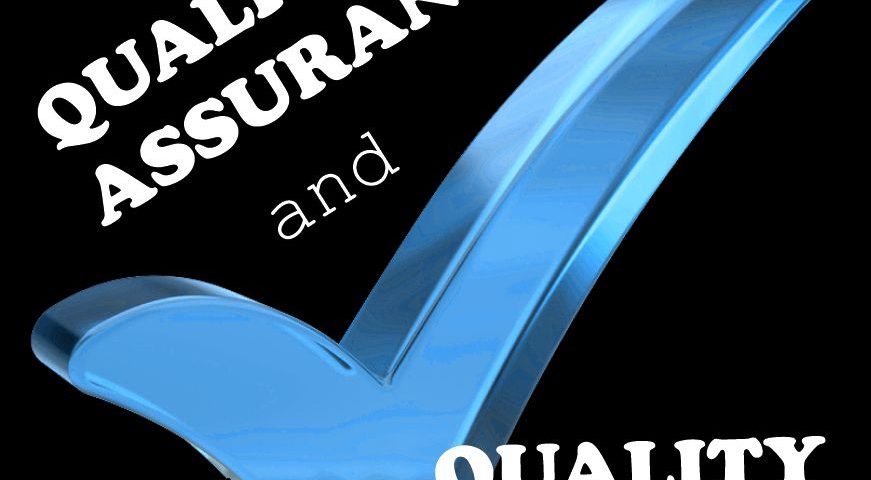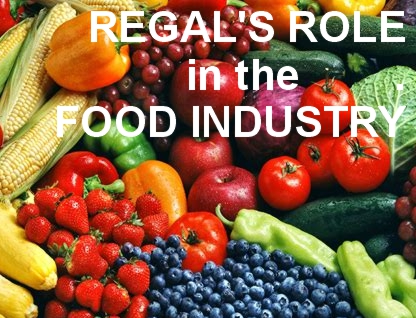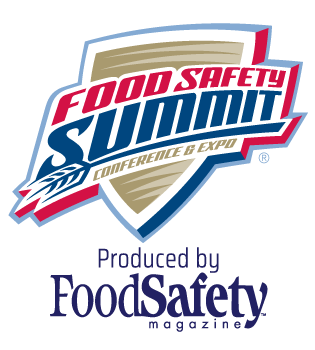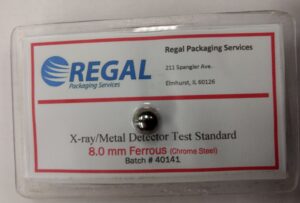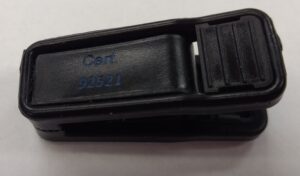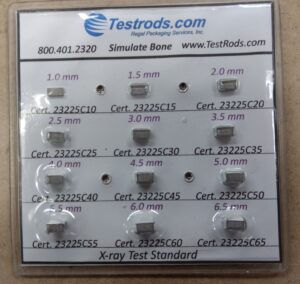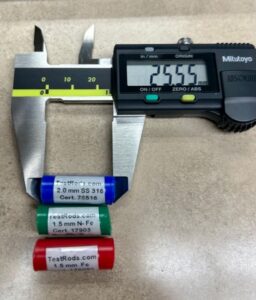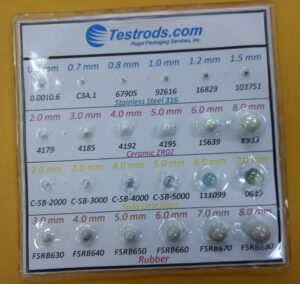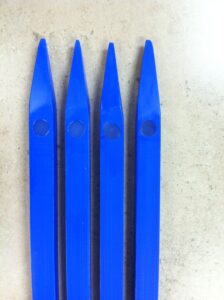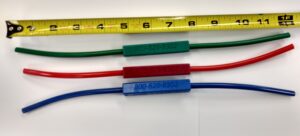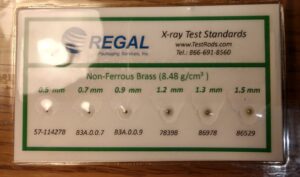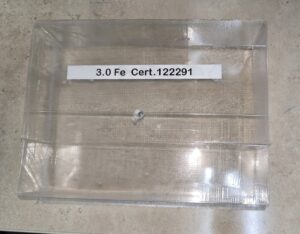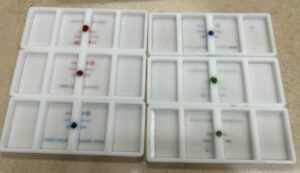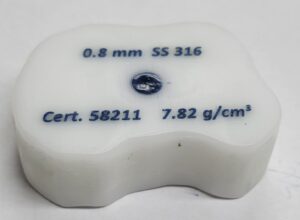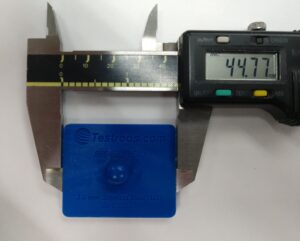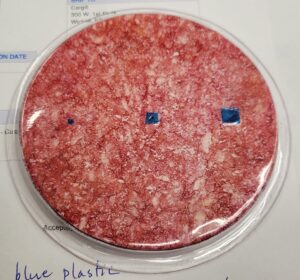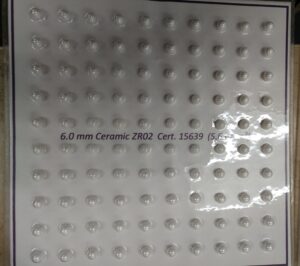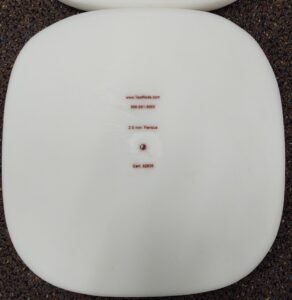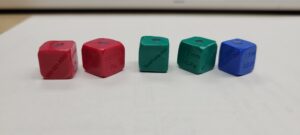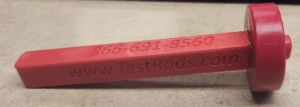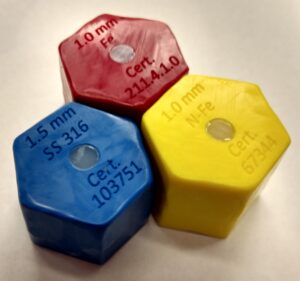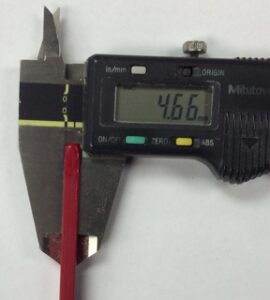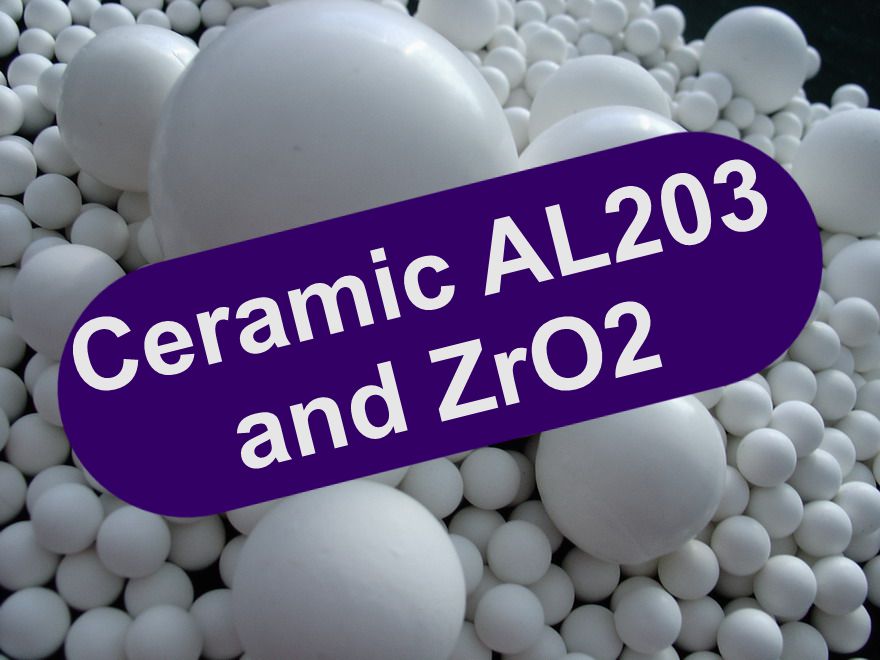
Understanding the 2 Most Common Ceramics: AL203 and ZrO2 is Critical for X-ray Inspection
August 1, 2023
Celebrating our 25th Anniversary!
October 1, 2023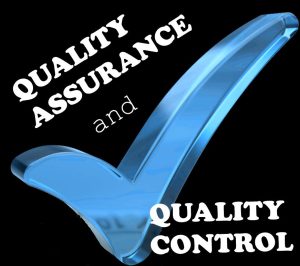 QUALITY ASSURANCE AND QUALITY CONTROL
QUALITY ASSURANCE AND QUALITY CONTROL
Quality assurance is the cornerstone of any good food growing, manufacturing, or processing company. There are, of course, a lot of products on the market that are less than high quality and there are consumers who buy them. Still, it just makes good sense to consider consumer satisfaction, safety, and the company’s proverbial “bottom line.” Profitability, whether we like talking in those terms or not, is always a consideration.
There is a bit of confusion, however, between quality control and quality assurance. These two terms, in some respects, are interchangeable, but do you really know the difference? And is it important?
In this brief article, we’ll consider:
- The definitions of quality assurance and quality control as they apply to the food industry.
- The role of quality assurance in food industry
- The value of high-quality metal detection and x-ray inspection verification test pieces
- One key piece of equipment for quality assurance and quality control
To put it succinctly, quality assurance is a pre-emptive set of methods to ensure a desired product quality standard by precluding deficiencies during the processing or manufacturing stages.
But while quality assurance aims to prevent deficiencies in the processing, quality control is meant to recognize flaws in the finished product and then design corrective actions so that quality assurance can be achieved and maintained. One refers to the end-product, the other to the controls that achieve the quality of the intended product.
These two terms are frequently used interchangeably in the industry, in part, because the nature of a QA manager’s role in a small or even medium-sized business is to oversee both responsibilities. Here, this person might direct hygiene, pest control, defect identification and documentation, regulatory compliance and even response to consumer complaints. In large food processing organizations, a QA manager will be focused on supervision of the QA team and developing the protocols to be charted.
Since assurance and control are interrelate and both are necessary in any food plant.
In New Food Magazine, Gizen Kayar once wrote, “QA is the backbone of food manufacturing…” and went on to indicate that if good systems and protocols are not in place, the results “can be lethal.”*
Compliance with legal regulations along with customer satisfaction and internal/external standards all fall under the heading of quality assurance. There will also be a focus on continuous quality improvement, documentation, reporting, error detection and solutions, the result being a safe, high-quality product delivered to the customer.
Whether it’s the quality assurance or quality control department, when it comes to food safety, the proper (and best) equipment is required, and this includes metal detection and x-ray inspection systems. Regal Packaging Services sells and services Fortress Technology metal detectors and before you purchase a system, we believe you should look at Fortress systems.
In addition, here in the Testrods.com division of the company, it’s our privilege to supply you with the best metal detection and x-ray inspection verification test pieces you’ll find on the market. Ensuring that you can test and verify your equipment is working correctly is a large part of the quality control process. You need a product and company that you can trust as a part of your overall plan in food safety. The consistent, high-quality products you put on market builds consumer trust and brand loyalty, keeping you ahead of the competition.
Our job at Testrods.com is to be part of your team. Look at what we have to offer, and keep in mind that we can customize any design you may need. We may never set foot in your food plant, but whether we’re there or in any of the 20 countries around the world we currently serve, we value your business and the opportunity to assist in your success.
taken from New Food, “Quality assurance: the greatest business strategy.”

